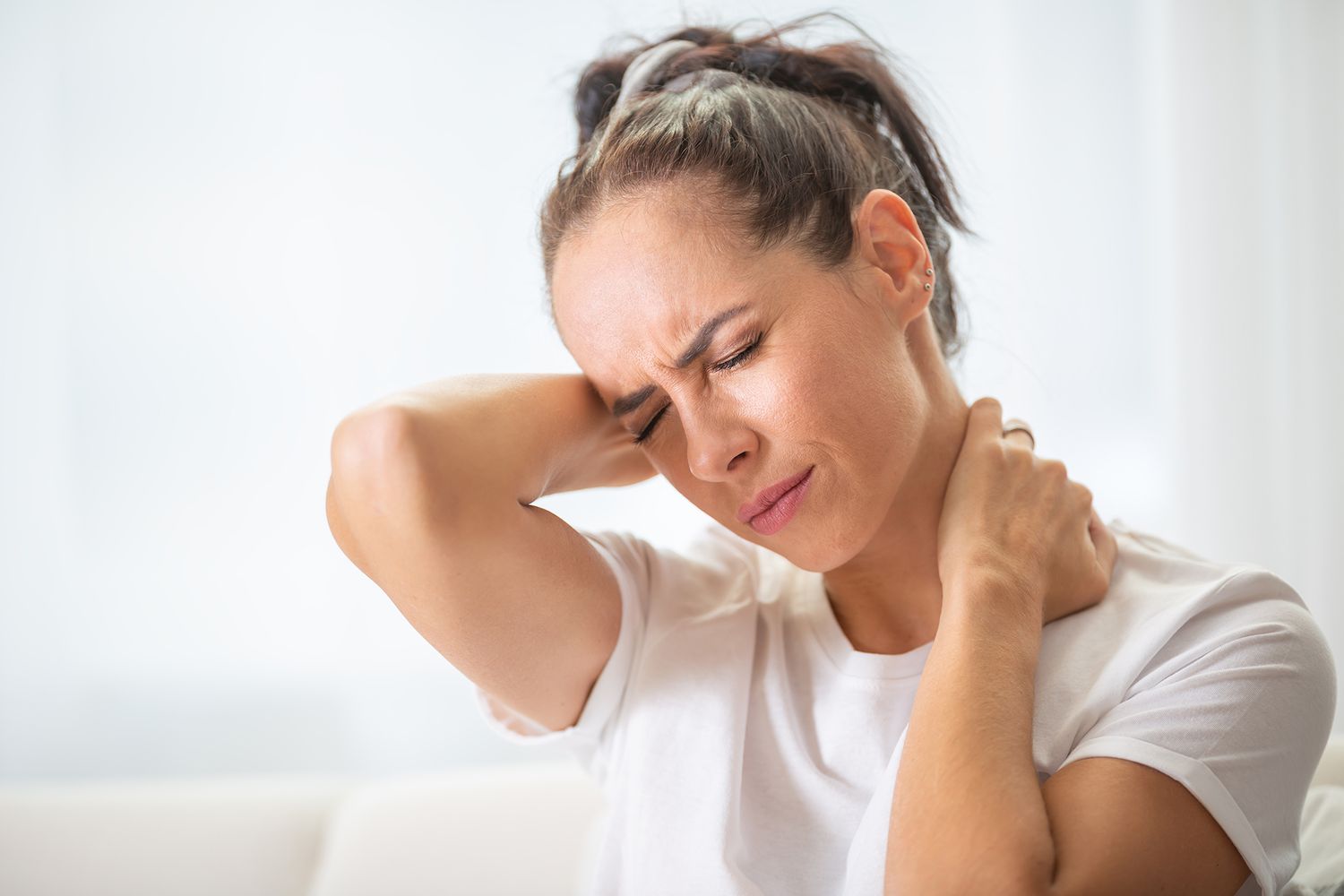Pain can be very difficult to treat. Chronic pain is pain that lasts for more than three months and continues after the body has healed from an illness or injury. You can use Pain O Soma 350mg to get relief from all these pains.
Treatment for pain can include medication, such as over-the-counter medicines like acetaminophen or more powerful drugs; injections such as nerve blocks; and other techniques such as physical therapy and counseling.
Medications
Pain starts in receptor nerve cells that are found beneath the skin and in organs throughout your body. These cells send messages along nerve pathways to the spinal cord and on to your brain where you feel the pain. Pain medicines can reduce or block these messages before they reach your brain. They can be taK by mouth or by injection. Oral pain-relief medications include nonsteroidal anti-inflammatory drugs (NSAIDs) such as ibuprofen, naproxen sodium, and diclofenac; muscle relaxants such as tizanidine or baclofen; and acetaminophen (Paracetamol).
Sometimes a specific group of nerves that cause pain to a certain area of the body can be blocke with local medication injecte into a vein or under the skin, called a nerve block. Your doctor can advise you about this.
Psychological therapies, such as hypnotherapy and self-hypnosis, have also been show to help people control their pain by changing the way they think about the pain and how they react to it. Emotional support, such as from family and friends, can also be very helpful.
Herbal treatments such as white willow bark, st john’s wort and cat’s claw may ease pain, but research into their effectiveness is limit. They can interfere with some prescribed medicines so check with your GP before taking them.
Lifestyle Changes
It is possible to reduce the severity of chronic pain with simple lifestyle changes. These include decreasing stress, exercising, eating a healthy diet and getting better sleep. Learning relaxation techniques can also help. This can be done through activities such as meditation, mindfulness, progressive muscle relaxation, yoga and tai chi.
Pain can be hard to live with and often causes depression, irritability and trouble sleeping. This vicious cycle can further increase pain levels and lead to more problems. Self-education about the pain and the science behind it can break this cycle for some people.
A good place to start is to eat healthier and avoid processed foods. This will help to reduce inflammation and pain in joints, muscles, tendons and other areas. Drinking plenty of water is also important. The current recommendation is to drink half of your body weight in ounces a day. This keeps organs functioning well, helps lubricate joints and improves digestive health.
Having a positive outlook and avoiding negative thinking can also have a significant impact on how you deal with your pain. It is also helpful to learn coping strategies that can reduce the amount of time spent in a state of stress and anxiety, which can increase pain levels. This can be done through activities such as deep breathing, mindfulness meditation and spending time outdoors.
Reelected Product:-Pain O Soma 500
Physical Activity
When pain is chronic it can have a significant impact on our ability to move and exercise. However, regular daily physical activity is an essential piece of the pain management jigsaw.
The goal is to reduce the amount of pain in your body so you can get on with life again. There are many different ways to be active, such as walking, swimming, cycling, yoga, or even just gardening. It’s also important to try and keep your weight in a healthy range as extra weight can put additional stress on joints and muscles.
Nerve pain – which can be felt as burning, tingling or numbness – is often seen in diabetics (diabetic neuropathy), alcohol use disorder, and chemotherapy (chemotherapy-induce peripheral neuropathy).
Musculoskeletal pain – which is pain from muscle, ligament, tendons, or bones – is common in people with arthritis, osteoarthritis, and fibromyalgia. Other types of musculoskeletal pain include neck pain, shoulder pain, lower back pain, and spondylolisthesis.
Many barriers exist that prevent people from being physically active, such as fear of pain or injury and lack of confidence in their ability to participate in regular exercise. It is important to access a healthcare professional that can assist in overcoming these barriers and provide guidance on how to start or re-engage in physical activity safely.
Relaxation
When you experience an injury or disease that causes pain, you may want to know if there is something your doctor can do to ease it. Unfortunately, chronic pain doesn’t have a single cause; it can be cause by an illness, injury or even changes to the brain due to trauma or stress. Your doctor will look at your medical history, do a physical exam and run tests to find the source of your pain.
Over-the-counter drugs, such as acetaminophen and nonsteroidal anti-inflammatory drugs, and stronger medications such as opioids can help reduce your pain levels. They can also work well alongside other treatments such as movement therapy and relaxation techniques.
Relaxation techniques include breathing exercises, progressive muscle relaxation, guided imagery and mindfulness meditation. Practicing these exercises can help you feel less stressed and anxious, which in turn reduces your pain level. These practices can be incorporate into your daily routine or use during moments of increased pain and stress.
There is no cure for chronic pain, but there are treatments that can ease it and help you live a more active life. Taking the time to learn more about these techniques can help you manage your pain and improve your overall quality of life. Your doctor will be able to suggest the best treatment for you based on your specific needs.


